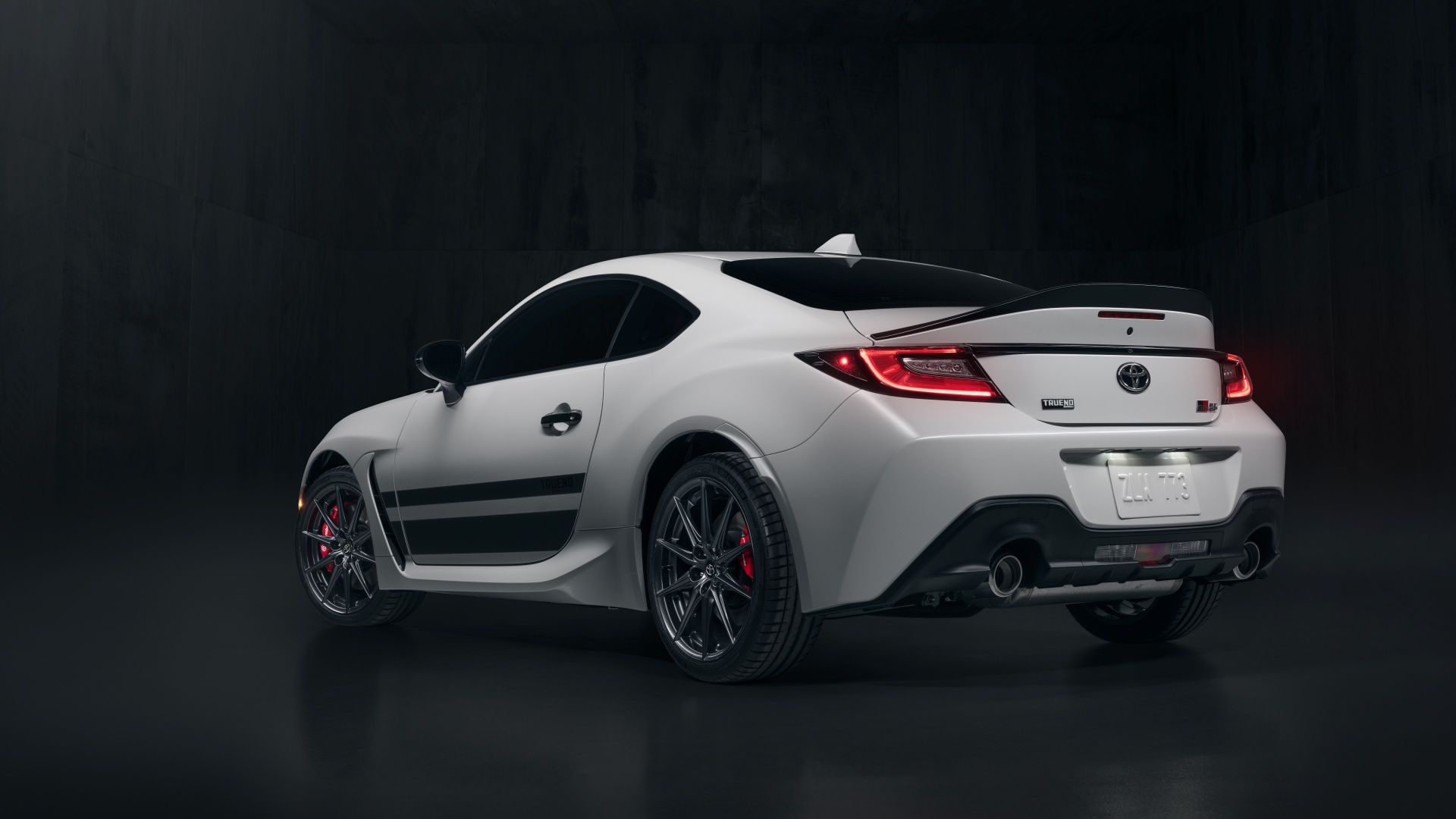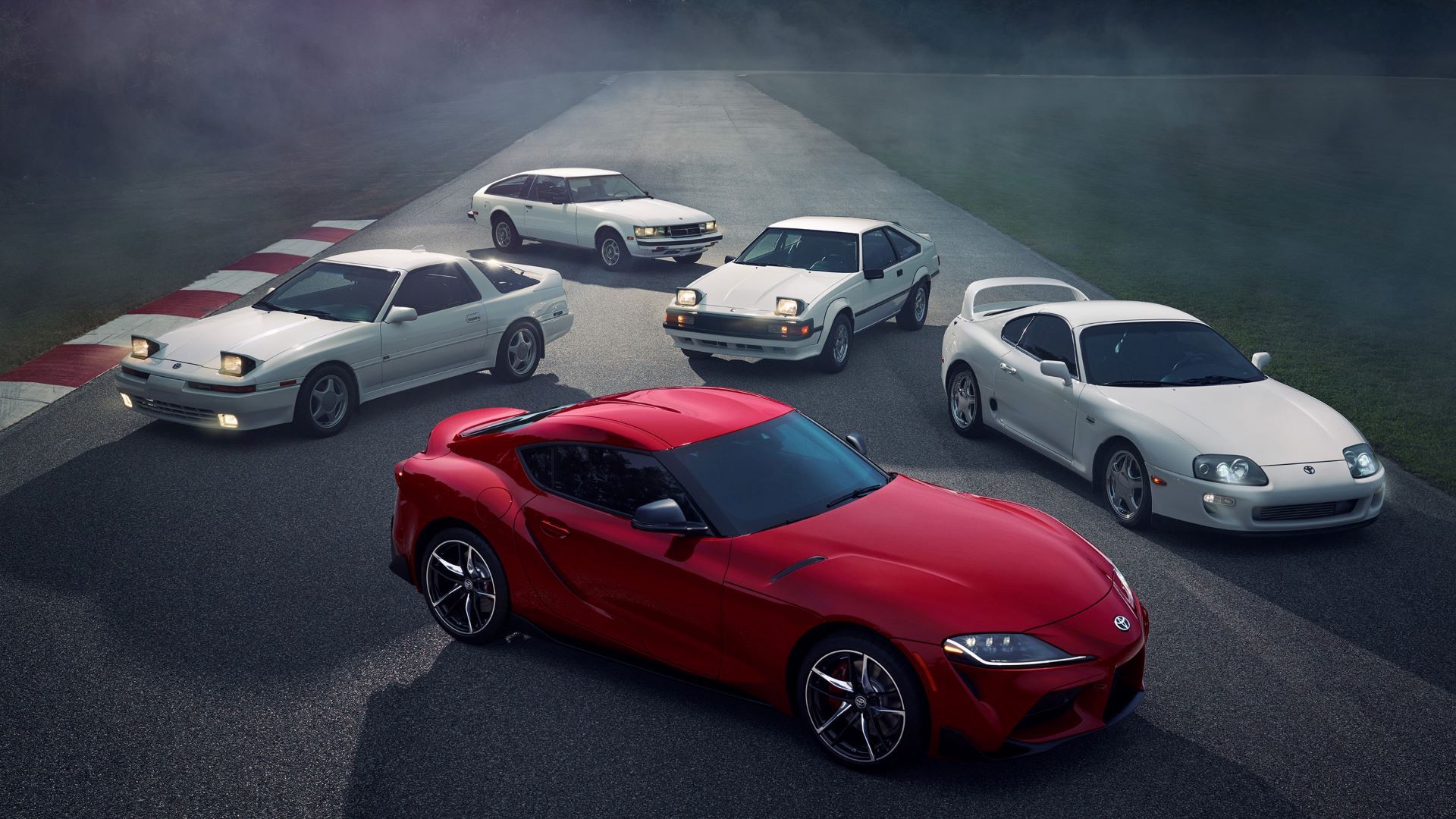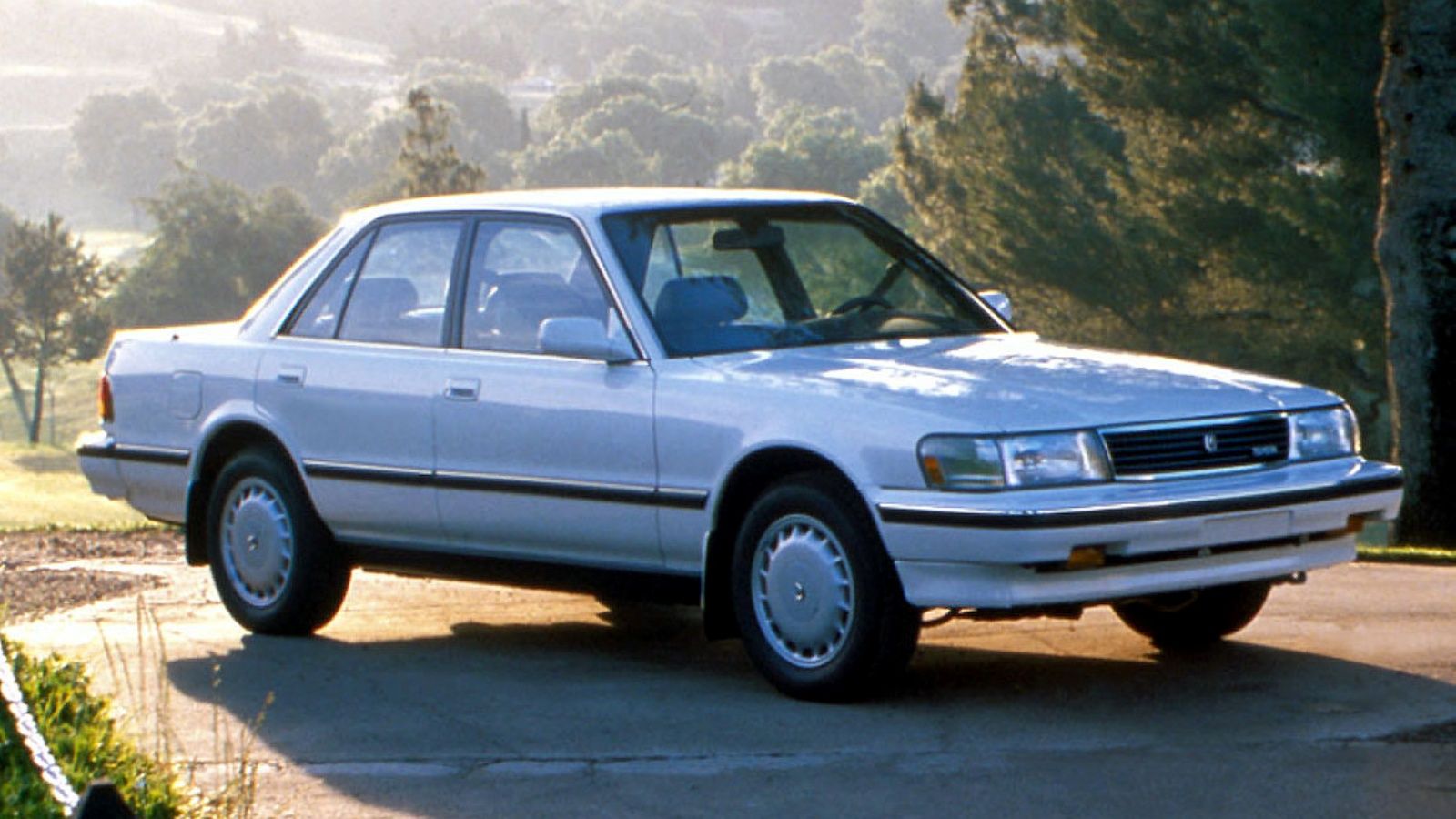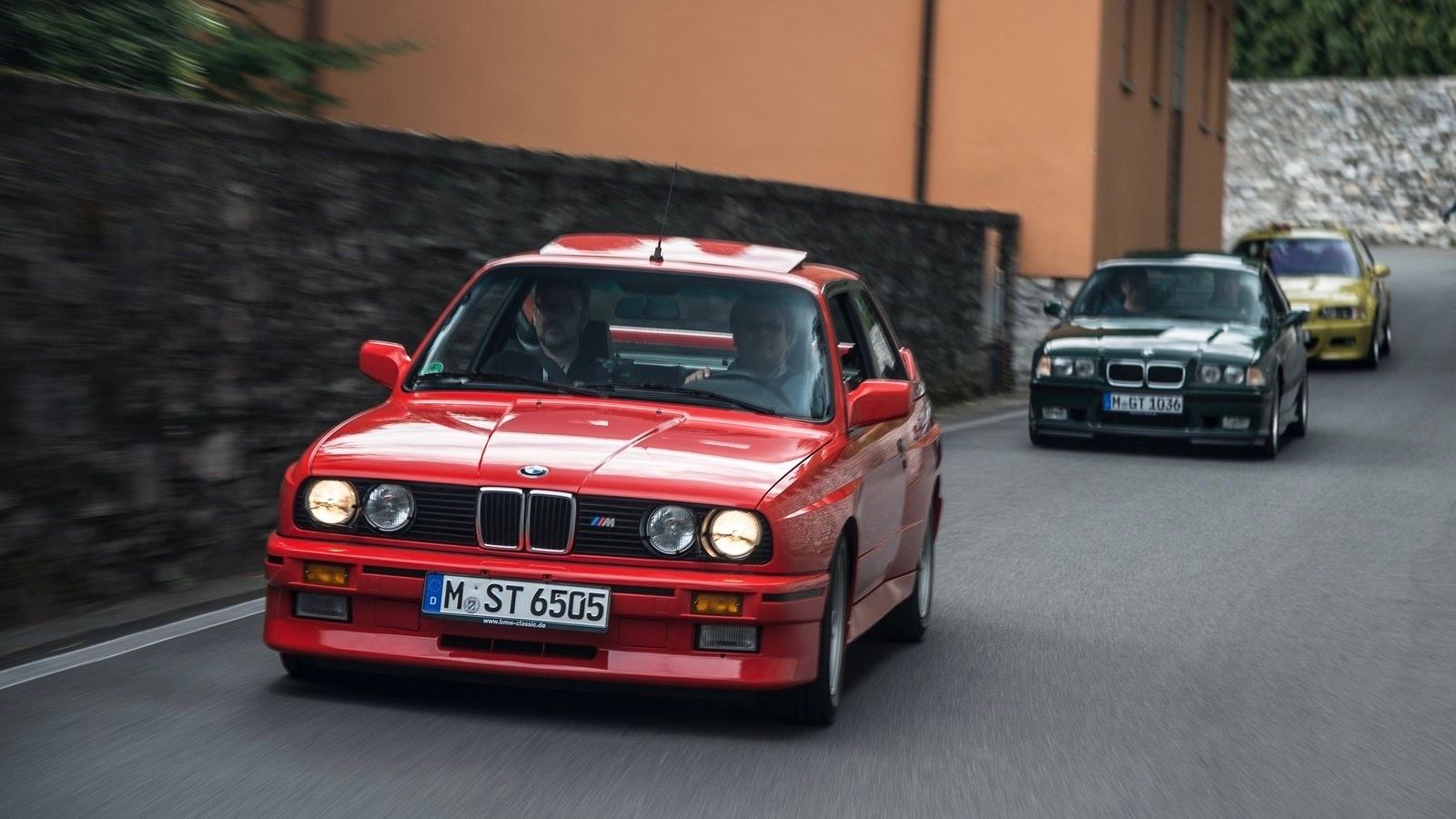There are few ways to showcase a car’s performance and its driver’s ability as with Drifting. An ideal drift car has a good weight distribution between the axles and rear-wheel drive, which usually translates into a front-engine setup. To start drifting, the driver intentionally makes the car’s rear end get loose, something known as oversteer, and then utilizes the tools at his disposal i.e. steering wheel, accelerator, and brakes to keep the rear wheels in a constant power slide while he negotiates corners and direction changes around a track, without losing control.
It’s like walking a tightrope where everything looks fine as long as the balance is kept, and if that goes, things turn sour quickly. Initially used as part of the odd racing driver’s arsenal to take on corners, drifting went on to become a sport that was first popularized in Japan, around the 1970s. A couple of decades later, in the 1990s, it also started to gain traction Stateside. It has been said that drifting is a tire manufacturer’s dream and based on how the sport is judged, on how well a driver drifts his or her car it’s easy to understand why.
It’s no longer a gimmick to help a racing driver out of a pickle on a particular corner in a given race, but the entire race itself is now done while drifting and tires burn quickly and with flair, shown by the spectacular clouds of smoke they leave behind. Since it was first popularized in Japan and Toyota has found incredible success in the sport with a few of its models over the years, in this article we’re going to go over some of these cars that made history in the hands of drift pilots.
10 Toyota Mark II Grande X80
The Toyota Mark II was a Japanese domestic market (JDM) car manufactured from 1968 to 2004.
The sixth-generation Toyota Mark II Grande (X80) had a small displacement naturally aspirated inline-six engine and a rear-wheel drive setup. A good recipe for a drift car, except for the fact that it didn’t make enough horsepower to maintain a powerslide and drift with it.
Original Toyota Mark II X80 Engine Specs
|
Engine Code |
1G-FE |
|
Layout and displacement |
2.0-Liter (121.3 cu in) Inline-six |
|
Power output (1-st gen) |
133 hp @5,600 rpm and 129.9 lb-ft of torque @ 4,400 rpm |
|
Power output (2-nd gen) |
138 hp @5,600 rpm and 136.5 lb-ft of torque @ 4,400 rpm |
|
Power output (3-rd gen) |
158 hp @ 6,200 rpm and 147.6 lb-ft of torque @ 4,400 rpm |
This engine received the 1G-FE code and was introduced by Toyota in 1988. Despite its low power output, it eventually got some factory upgrades for its second and third generation, but most importantly, after-market upgrades particularly with the use of turbochargers to really turn this platform into a drift machine.
9 Toyota Chaser X90
The fifth-generation Toyota Chaser, the X90, was made from 1992 to 1996. It had captivating looks that come from a time when beautiful sedans were at their peak, the X90 had a version with a big Ace up its sleeve, or in car terms, under the hood.
1JZ-GTE OEM Specs
|
Engine code |
1JZ-GTE |
|
Layout and displacement |
2.5-Liter (152.7) twin-turbocharged Inline-six |
|
Power output |
276.2 hp @ 6,200 rpm and 267.9 lb-ft of torque @ 4,800 rpm |
Some trims of the Chaser X90 came equipped with the turbocharged 1JZ-GTE engine which was much more powerful out of the factory and soon became a drifter’s favorite dream.
8 Toyota GR86
Said to be the perfect drift car from the factory and available today, the Toyota GR86 is an affordable sports car with a starting MSRP of $28,400 that stays true to JDM drifters roots since it has:
- Front engine and RWD configuration.
- It’s light weighing only 2,811 pounds wet on the base model.
- It has a 6-speed manual transmission on the base and Anniversary Edition.
- It has an oversquare boxer engine from Subaru with a bore and stroke of 94.0 mm x 86.0 mm, helping it achieve higher revs.
- Comes with a Torsen limited-slip differential.
Toyota GR86 Engine Specs
|
Engine |
2.4-Liter (146 cu in) naturally aspirated 4-cylinder boxer |
|
Power Output |
228 horsepower @ 7,000 rpm |
|
Torque |
184 pound-feet of torque @ 3,700 rpm |
The GR86’s naturally aspirated boxer engine also helps keep the center of mass down and the GR86 delivers great handling. With just enough power on tap, this little Japanese sports car is extremely enjoyable and precise, making it a very good drifting machine in the hands of a competent driver.
7 Toyota Supra
One of the most recognizable names of the Japanese carmaker, the Toyota Supra is, for the lack of a less cliché expression, the stuff of legends. It first went into production in 1978 with the international name Celica Supra. The original Celica Supra came Stateside equipped with a smooth 2.6-Liter (156 cu in) inline-six engine.
Power output was low for today’s standards at only 110 horsepower @ 4,800 rpm and 136 pound-feet of torque @ 2,400 rpm, but performance numbers were reasonable for the time. 0-60 MPH took 11.2 seconds, and it had a top speed of 110 MPH. It was a front engine and RWD car and seated 4 passengers. It didn’t take long before its drifting potential would be recognized with a few after-market performance upgrades.
Current Generation Toyota GR Supra Engines Specs and Performance
|
Engine |
2.0-Liter turbocharged inline-four |
3.0-Liter turbocharged inline-six |
|
Horsepower |
255 hp @ 5,000-6,500 rpm |
382 hp @ 5,800-6,500 rpm |
|
Torque |
295 lb-ft @ 1,550-4,400 |
368 lb-ft @ 1,800-5,000 rpm |
|
Drivetrain |
RWD |
RWD |
|
Transmission |
8-speed automatic |
6-speed manual or 8-speed automatic |
|
0-60 MPH |
5.0 seconds |
3.9 seconds |
|
MSRP |
$44,640.00 |
$53,600.00 |
But the most popular models used for drifting were the Mark III and Mark IV which was introduced Stateside in 1993 and came with the twin-turbo 2JZ-GTE engine. The 2JZ-GTE was a 3.0-Liter (183 cu in) inline-six that made 320.5 horsepower @ 5,600 rpm and 325.5 pound-feet of torque @ 3,600 rpm for the American and European market models. The 2JZ-GTE engine is recognized for strong reliability and after-market parts soon became available to make it a very strong drift car.
Today the GR Supra comes with two available engines, an improved and modern design, along with driving dynamics and performance that live up to the name that meant and continues to mean so much to Toyota.
6 Toyota AE86
The Toyota AE86 is such a timeless classic that Toyota is playing around with the idea of bringing it back with a hydrogen-fueled internal combustion engine. Dubbed the AE86 H2 Concept, this car made waves at the 2023 Tokyo Auto Salon. Professional racing driver Masahiro Sasaki takes it for a spin around the test track and seems to thoroughly enjoy himself if the video below is any indication of that.
AE86 Engine Specs
|
Engine |
1.6-Liter (97 cu in) inline-four |
|
Horsepower |
128 hp @ 6,600 rpm |
|
Torque |
109 lb-ft @ 5,200 rpm |
The original AE86 was very light at only 2,006 pounds. With its RWD setup and easy handling, it quickly became a favorite among drift enthusiasts. It had a 5-speed manual transmission, vented front disc brakes at the front and drums at the rear, and a small naturally aspirated 4-cylinder engine that was strong enough to take on some performance upgrades without too much hassle. It had a 0-62 MPH time (0-100 km/h) of 8.9 seconds and a top speed of 121 MPH.
5 Toyota Soarer
Initially released in 1981, the Toyota Soarer became a known figure in the drifting scene with its third generation which debuted in 1991. The model of choice was the one equipped with the same 1JZ-GTE 2.5 liter inline-six turbo engine found on other Toyota models such as the Chaser X90 with an output of 276.2 hp @ 6,200 rpm and 267.9 lb-ft of torque @ 4,800 rpm. The sturdiness of the internals of the engine and ease of customization and availability of parts made it easy for it to be set up for drifting.
As a reference, the original Toyota Soarer from 1981 had three engine choices.
- A 2.8-Liter naturally aspirated inline-six that made 168 horsepower @ 5,600 rpm and 173.5 pound-feet of torque @ 4,400 rpm.
- A 2.0-Liter turbocharged inline-six that made 143 horsepower @ 5,600 rpm and 155.5 pound-feet of torque @ 3,000 rpm.
- A 2.0-Liter naturally aspirated inline-six that made 125 horsepower @ 5,400 rpm and 123 pound-feet of torque @ 4,400 rpm.
4 Toyota Altezza
The Toyota Altezza is known outside of Japan as the Lexus IS. The Altezza was launched in Japan in 1998 and in 1999 it went to Europe under the Lexus name as the IS200. And just one year after that, in 2000, it reached Stateside as the Lexus IS300 which was only available with the 3.0-Liter inline-six naturally aspirated engine.
However, the Altezza drifters really loved was the one equipped with the notorious BEAMS engine which is an acronym for Breakthrough Engine with Advanced Mechanism System. This engine featured variable valve timing and an 8,000 rpm redline. Mated to a 6-speed manual transmission, it produced 207 horsepower @ 7,600 rpm. This version of the Altezza RS200 had an ideal 50/50 weight distribution from the factory and, of course, RWD.
3 Toyota GT86
Featuring a 2.0-cylinder naturally aspirated boxer engine from Subaru mated to a six-speed manual transmission, the Toyota GT86 was a simple and fun sports car. The little coupe set a world record for drifting a few years back by drifting constantly for 102.5 miles.
Toyota GT86 Engine Specs
|
Engine |
2.0-Liter naturally aspirated 4-cylinder boxer |
|
Horsepower |
200 horsepower @ 7,000 rpm |
|
Torque |
151 pound-feet @ 6,400 – 6,600 rpm |
This record has been beaten since then, but any Toyota that can have its tail out for 100+ miles at a time deserves to be on this list.
2 Toyota Cresta JZX100
The Toyota Cresta JZX100 had a well-balanced RWD chassis with a long wheelbase making it easy for the driver to throw the rear around. It used the 1JZ-GTE 2.5-Liter turbocharged engine seen on Soarer and Chaser above on this list. The combination of these factors made it a no-brainer for drifting.
1 Toyota Cressida
The last generation of the Toyota Cressida saw some use from drifters with its 190 horsepower 3.0 liter naturally aspirated inline-six engine. This 4th-generation Cressida made from 1989 to 1992 checked all the right boxes for drifting, except maybe for its 4-speed automatic gearbox, although it could be left on ‘L’ or ‘2’.
1989 – 1992 Toyota Cressida Engine Specs
|
Engine |
3.0-Liter inline-six |
|
Horsepower |
190 horsepower @ 5,600 rpm |
|
Torque |
187 pound-feet @ 4,400 rpm |
The Cressida’s chassis was predictable, and the engine was powerful enough to allow drifting from the factory. Nonetheless, not unlike many cars on this list, engine swaps, and other performance upgrades were common to increase its drift capabilities.



















